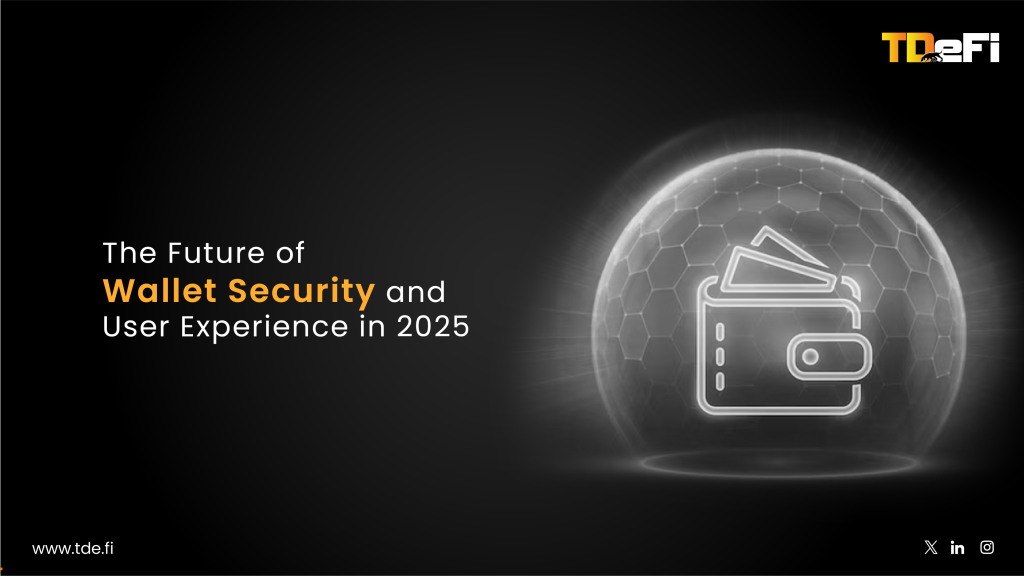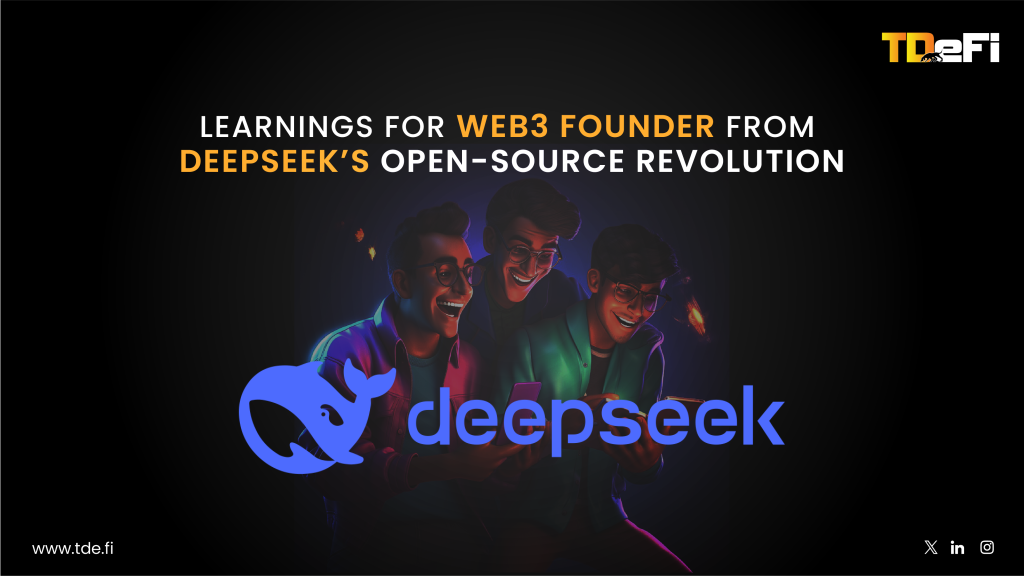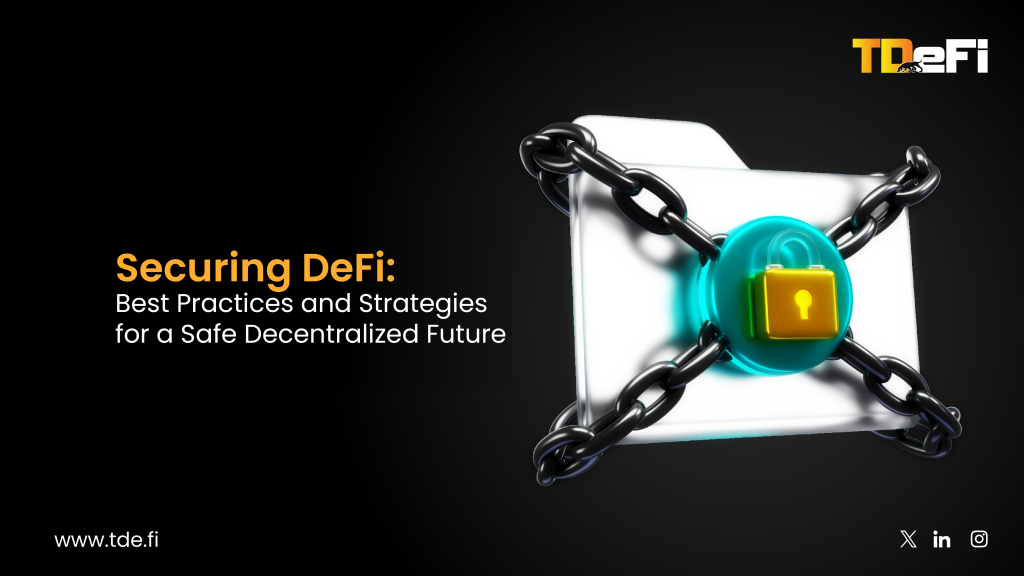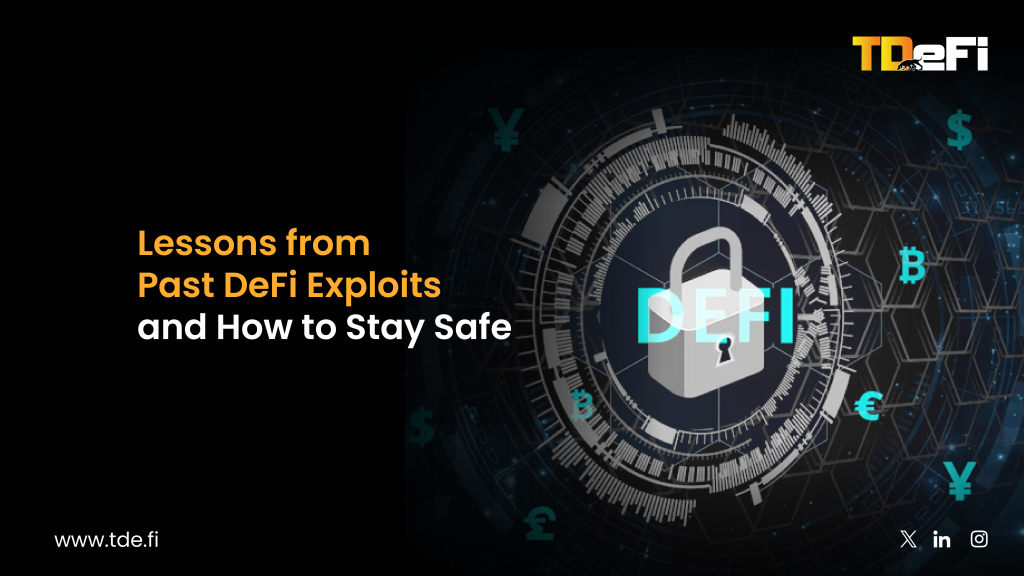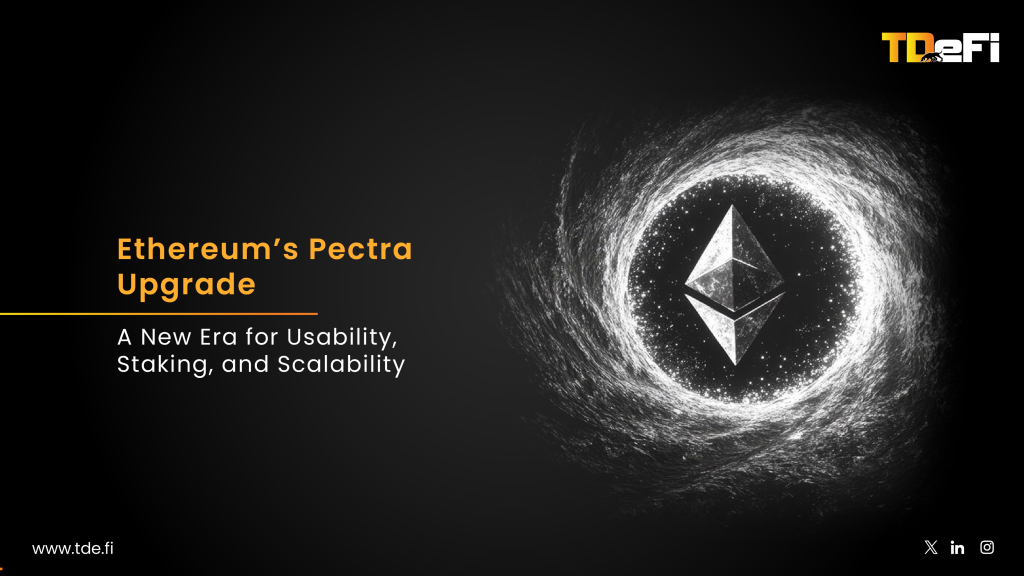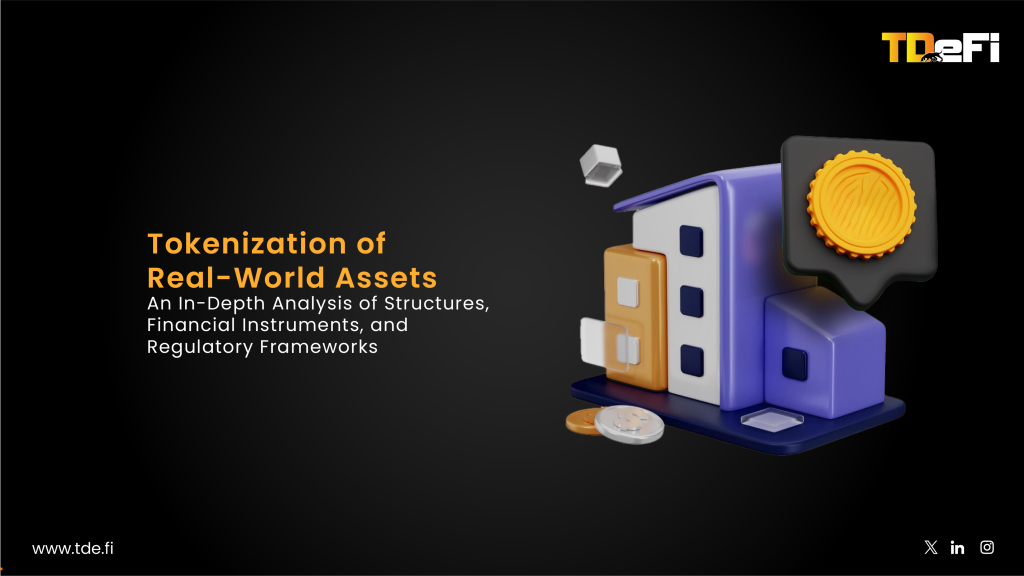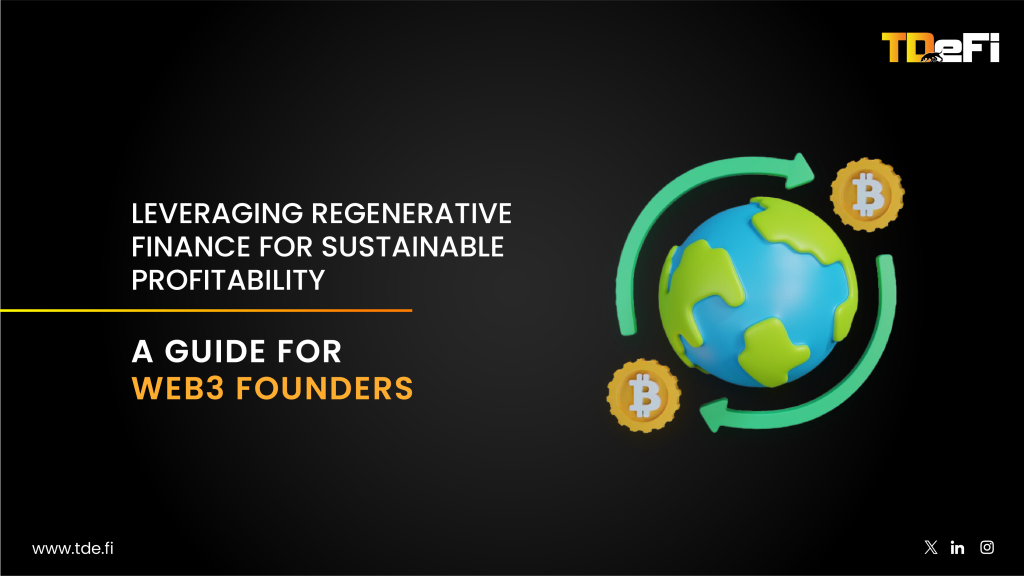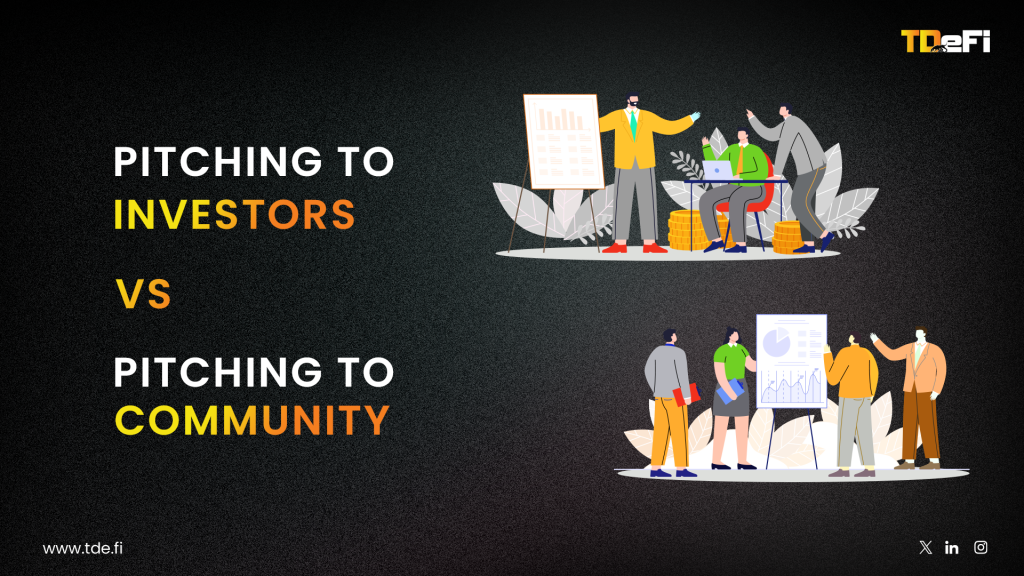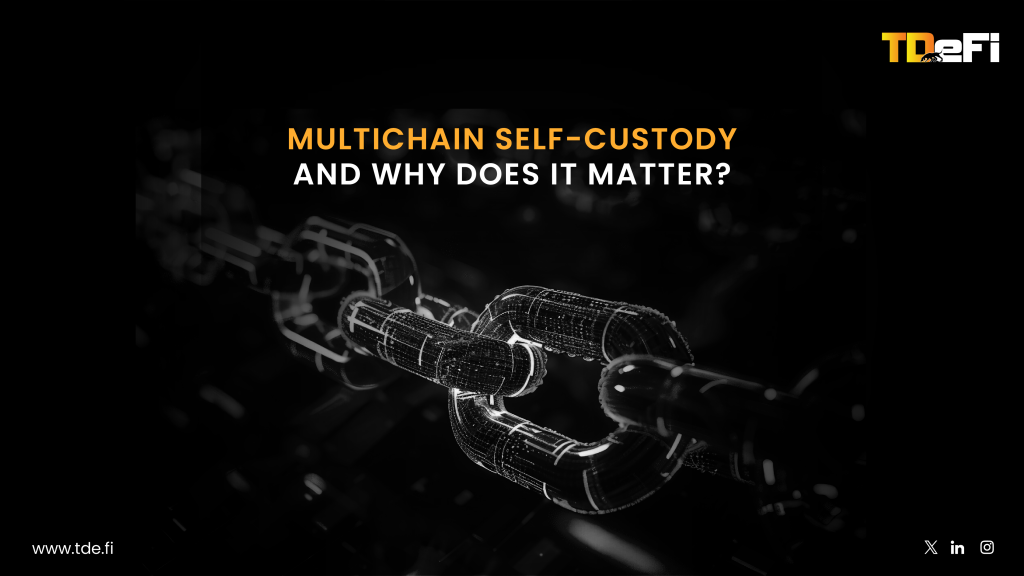The Hidden Forces Behind Crypto Markets
TL;DR
Investor behavior in crypto isn’t just influenced by logic and tech. It’s deeply shaped by psychology, emotions, and social dynamics. This blog breaks down how cognitive biases like loss aversion, herd mentality, overconfidence, and recency bias influence token buying, holding, and selling decisions. Founders who design tokenomics with these human factors in mind-using incentives like staking, burns, and airdrops, ensuring transparent communication, and balancing scarcity with accessibility, build more resilient, engaged communities. Case studies like Ethereum (thoughtful incentives, deflationary mechanics) and Terra (unsustainable yields, collapse) show that aligning incentives with real utility and long-term value is crucial. Ultimately, understanding the human side of tokenomics is key for founders who want to create sustainable, successful Web3 ecosystems.
Introduction
Why do some tokens skyrocket in value while others fade into obscurity? Is it the technology, the utility, or something deeper—something rooted in human psychology? In the volatile world of cryptocurrencies, investor behavior often defies logic. It’s driven by emotions, biases, and social dynamics that can make or break a project. For founders designing token models, understanding these psychological forces is not just helpful—it’s essential. Tokenomics isn’t just about numbers; it’s about people. And people are anything but predictable.
This blog explores the fascinating intersection of psychology and tokenomics, offering insights into how investors behave and why founders must account for these behaviors when crafting sustainable ecosystems.
Behavioral Finance Meets Tokenomics
To grasp the psychological underpinnings of investor behavior in crypto markets, it is essential to first acknowledge the principles of behavioral finance. This field challenges the notion that investors are purely rational actors by highlighting cognitive biases and emotional factors that influence their decisions. In the context of tokenomics, these insights are particularly relevant because cryptocurrencies are speculative assets characterized by high volatility and limited historical data.
For instance, one key concept in behavioral finance is loss aversion, which posits that investors experience the pain of losses more acutely than the joy of equivalent gains. This tendency often leads to irrational decision-making, such as holding onto tokens that are losing value in the hope of a rebound. Founders must recognize this behavior when designing token models that account for emotional responses to market fluctuations.
Another critical aspect is the herd mentality, where investors tend to follow the crowd rather than conduct independent research. This phenomenon is prevalent during market rallies when excitement drives buying behavior without consideration for underlying fundamentals. Understanding this tendency can help founders create mechanisms that encourage informed decision-making rather than blind speculation.
Incentives shapes Investor Behavior
As we explore how investor psychology influences tokenomics, it becomes clear that incentives play a central role in shaping behavior. Tokenomics revolves around aligning investor interests with project goals through carefully designed incentives. However, human behavior does not always conform to theoretical models; thus, founders must design incentives that consider real-world psychological factors.
Take staking rewards, for example. These rewards appeal to loss-averse investors by offering predictable returns for holding tokens rather than selling them during downturns. By incorporating staking mechanisms into their token models, founders can encourage long-term holding and create stability within their ecosystems.
Similarly, burn mechanisms can create a sense of scarcity that resonates with investors’ fear of missing out (FOMO). By transparently communicating burn schedules and their impact on supply dynamics, founders can build trust while generating excitement around deflationary mechanics.
Moreover, airdrops serve as another powerful incentive mechanism. They trigger feelings of reward and loyalty among early adopters but should be tied to meaningful engagement rather than random giveaways. By linking airdrops to governance participation or community contributions, founders can foster a sense of ownership and commitment among users.
What Implications do Investor Biases have for Token Design?
Understanding investor biases is crucial for designing effective token models. As we delve deeper into these biases, we see how they manifest in crypto markets and impact token perception and trading behavior.
Loss aversion leads many investors to hold onto losing tokens longer than they should, hoping for recovery. This behavior can exacerbate losses for holders if not addressed through thoughtful token design. Founders might consider implementing vesting schedules or staking rewards that incentivize holding during downturns while also encouraging active participation in governance or community initiatives.
The herd mentality can result in unsustainable price spikes followed by sharp declines when market sentiment shifts. To counteract this tendency, founders should prioritize transparent communication about long-term value propositions instead of relying solely on short-term hype.
Additionally, overconfidence bias often leads investors to overestimate their ability to predict market movements or time their trades effectively. This bias can result in risky behaviors such as over-leveraging or chasing volatile tokens without conducting proper due diligence. Founders can mitigate this risk by incorporating features like automated risk management tools within their ecosystems to help users make informed decisions.
Lastly, recency bias causes investors to focus on recent price trends while neglecting long-term fundamentals. Projects may struggle to retain users during market corrections if they lack utility beyond speculation. Therefore, founders should build real use cases into their token models so that they remain valuable even during bear markets.
The Social Dynamics of Investor Behavior
Beyond individual biases, social dynamics play a significant role in shaping investor behavior within crypto markets. As we explore these dynamics further, it becomes evident that founders must consider how social influences affect community engagement and project success.
One prominent factor is FOMO, which is amplified by social media platforms like Twitter and Reddit. Investors often showcase success stories of early adopters who made significant gains during bull markets. While FOMO can drive adoption initially, it may lead to irrational buying at inflated prices when excitement peaks. Founders should leverage FOMO responsibly by emphasizing real use cases and milestones rather than speculative price predictions.
Another critical aspect is the formation of community loyalty among crypto investors. Many individuals develop strong emotional attachments to projects they believe in—a phenomenon often referred to as “tribalism.” While this loyalty can foster advocacy and free marketing for projects, it can also lead to overzealousness where communities ignore red flags or resist necessary changes. Founders must cultivate healthy community engagement by encouraging constructive feedback and maintaining transparency about project developments.
Moreover, the influence of whales, or large token holders, cannot be overlooked. Whales possess significant power over price movements and community sentiment due to their holdings’ size. Retail investors may mimic whale behavior without fully understanding the underlying strategy or risks involved. To address this concern, founders should design fair token distribution models that minimize whale dominance while still rewarding early supporters who contribute positively to the ecosystem.
Designing Token Models with Psychology in Mind
With an understanding of investor psychology established, founders can now focus on integrating these insights into their token models effectively. The goal is to create sustainable ecosystems that attract users while fostering long-term engagement.
First and foremost, it is essential to balance scarcity with accessibility in token supply design. Scarcity drives value; however excessive scarcity may alienate potential users who find it challenging to acquire tokens necessary for participation within the ecosystem. For example, Bitcoin’s fixed supply creates long-term value but limits its use as a medium of exchange due to high prices during bull markets. In contrast, Ethereum successfully balances accessibility with deflationary mechanics through EIP-1559’s burning mechanism—reducing supply dynamically without alienating users seeking affordable access.
Secondly, building utility beyond speculation is crucial for maintaining investor interest during market downturns. Tokens with real-world applications are less vulnerable to speculative bubbles compared with those lacking tangible use cases—an insight derived from understanding investor biases toward recency effects and herd mentality.
Additionally, rewarding long-term participation through mechanisms such as staking rewards or vesting schedules encourages users not only to hold but also actively contribute towards governance decisions within their communities—fostering loyalty while ensuring stability throughout various market conditions.
Lastly but importantly—transparent communication builds trust among participants who may otherwise feel uncertain about project developments amidst volatility inherent in crypto markets today; sharing details regarding token distribution schedules alongside burn mechanisms enhances user confidence leading ultimately towards stronger community ties built upon shared values rather than mere financial gain alone.
Case Studies: Lessons from Successful Projects
To illustrate these principles further let us examine two case studies: Ethereum and Terra (LUNA).
Ethereum’s transition from proof-of-work (PoW) to proof-of-stake (PoS) exemplifies how thoughtful tokenomics can drive adoption while addressing psychological factors influencing investor behavior effectively:
• Staking rewards incentivize long-term holding while EIP-1559 introduces deflationary measures reducing supply over time—creating scarcity without alienating potential users seeking access.
Conversely Terra’s collapse serves as a cautionary tale highlighting dangers associated with poorly designed incentives:
• Unsustainable yields attracted speculators who ultimately contributed towards hyperinflation when the system failed, leading many investors facing devastating losses—a stark reminder about the importance of aligning incentives with long-term sustainability rather than short-term gains alone.
There is a Human Side of Tokenomics
Understanding the psychology behind investor behavior is essential for designing effective token models within blockchain ecosystems today; as we have explored throughout this blog—tokenomics intertwines deeply with human emotions, biases social dynamics shaping outcomes experienced across various projects currently available within the cryptocurrency landscape today!
By recognizing how psychological factors influence decision-making—founders can create sustainable ecosystems that attract users while fostering loyalty through transparency trust engagement ultimately leading towards greater success overall!
As blockchain technology continues evolving rapidly—the most successful projects will be those combining innovative technology alongside deep insights into human behavior; because at the end of day—even decentralized systems driven primarily by people—understanding them remains key unlocking potential inherent within each unique opportunity presented across the ever-changing landscape ahead!
At TDeFi, we help Web3 founders go beyond token mechanics — designing ecosystems rooted in strategy, psychology, behavior, and long-term value. If you’re building something bold, we’re here to help you structure it smarter. Explore how TDeFi unlocks your unfair advantage here.








